Preparing Your Home for Natural Disasters: A Homesteader's Guide
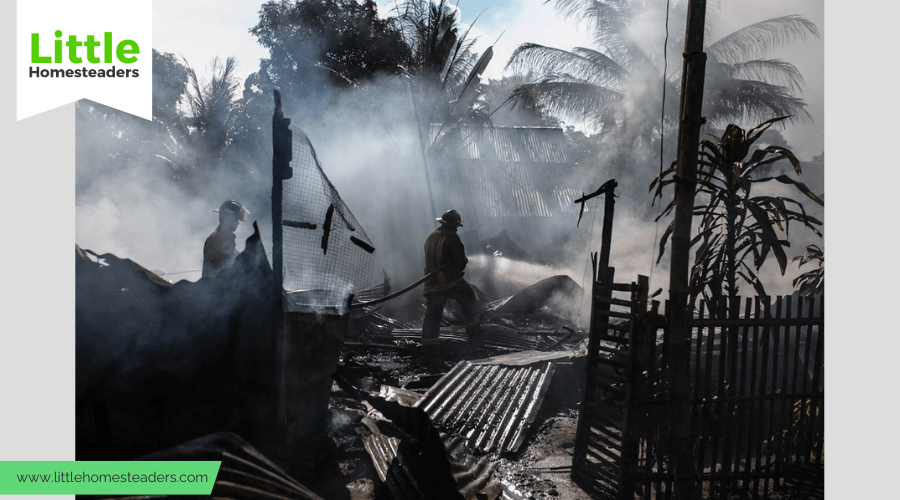
Natural disasters don’t send out invitations—they show up unannounced, testing your readiness and resilience. For homesteaders, who depend on their land, animals, and resources, being prepared is more than a precaution—it’s a lifeline. Whether it’s a storm, wildfire, or flood, having a solid plan in place can make all the difference in protecting your home, family, and livelihood.
In this guide, we’ll cover everything from identifying risks to securing your property and building community networks. With thoughtful preparation, you can turn your homestead into a sanctuary capable of weathering whatever comes your way.
Assessing Your Homestead's Vulnerabilities
No two homesteads are alike, and neither are the risks they face. To prepare effectively, start by understanding your property's unique challenges.
Identify Local Risks
The first step is to figure out what types of natural disasters are common in your area. Are hurricanes or typhoons a seasonal threat? Do nearby rivers make your property vulnerable to flooding? Is your home located in a region prone to wildfires, tornadoes, or earthquakes? Understanding these risks helps you prioritize your preparations.
For example:
- If flooding is a concern, you might invest in sump pumps and elevate your electrical systems.
- In wildfire-prone areas, clearing vegetation and using fire-resistant materials could save your home.
Evaluate Your Structures
Walk through your property with a critical eye. How well could your house withstand a powerful storm or an earthquake? Inspect the roof, walls, and foundation for any weak points. Outbuildings like barns or tool sheds also need attention—these structures are often overlooked but can be critical during emergencies. Reinforce fences and gates, as they can easily blow away or break under extreme conditions.
Map Out Property Hazards
Take note of areas on your land that could become dangerous. Are there spots where water pools after heavy rain? Is your home on a slope that might be prone to erosion? If you have livestock, consider where they could be relocated to stay safe. Mapping these vulnerabilities helps you create a plan that addresses them effectively.
Creating a Family Emergency Plan

Disasters can be chaotic, but a solid family plan can turn panic into purpose. Everyone in your household should know exactly what to do if something happens.
Keep Communication Clear
Communication can be tricky during disasters, especially if power or cell service goes down. Create a simple, clear plan for staying connected:
- Choose a meeting spot near home and a backup location farther away.
- Designate an out-of-town contact to help relay messages if local lines are overwhelmed.
- Invest in backup tools like battery-powered radios or walkie-talkies to stay in touch when other options fail.
Pack Emergency Kits
Emergency kits aren’t just a good idea—they’re a necessity. Pack one for each family member, including:
- Essentials like water, snacks, and a flashlight
- Identification, contact lists, and a small first-aid kit
- Personal items, such as medications or comfort objects for kids
Place these kits somewhere accessible, like by the front door or in the trunk of your car.
Practice, Practice, Practice
The best plans in the world are useless if no one remembers them. Run through evacuation drills and practice staying in designated safe areas. Repetition not only helps everyone feel prepared but also reduces fear and confusion when the real thing happens.
Securing Your Home's Structure
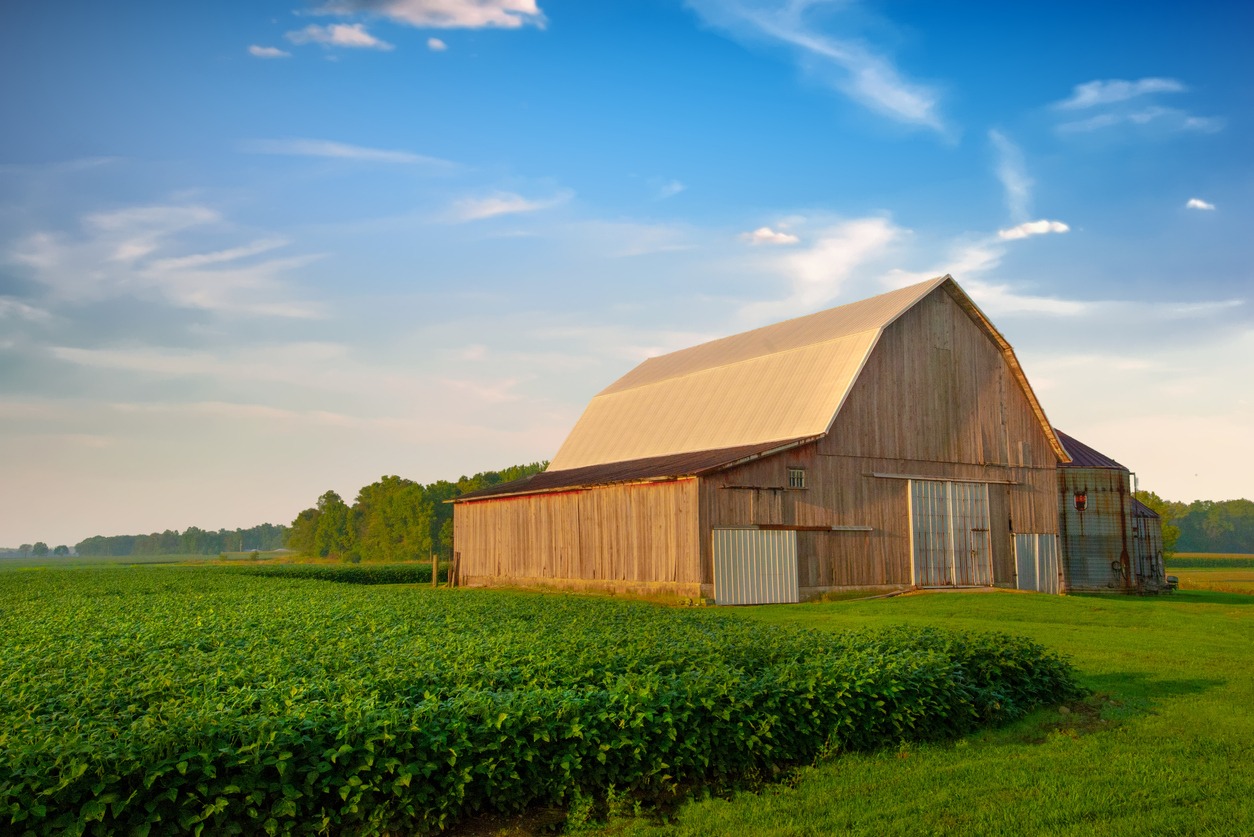
When disaster strikes, your home becomes your refuge. Strengthening it beforehand is one of the most effective ways to protect your family and belongings.
Fortify Roofs and Windows
Your roof takes the brunt of most natural disasters, so make sure it’s up to the challenge. Replace loose shingles and reinforce weak areas. In hurricane-prone areas, upgrading to impact-resistant materials could save you thousands in repairs. Don’t forget the windows—storm shutters or pre-cut plywood can shield them from flying debris.
Reinforce Doors and Foundations
Garage doors and entryways are often weak spots during storms. Reinforce them with braces or stronger materials to prevent them from buckling. Check your home’s foundation for cracks or gaps, as these can worsen under stress and lead to flooding or structural damage.
Clean Up the Outdoors
Anything lying around your yard can become a projectile in strong winds. Secure patio furniture, tools, and other loose items. Trim back any overhanging branches that could snap off and damage your home.
Stockpiling Essential Supplies
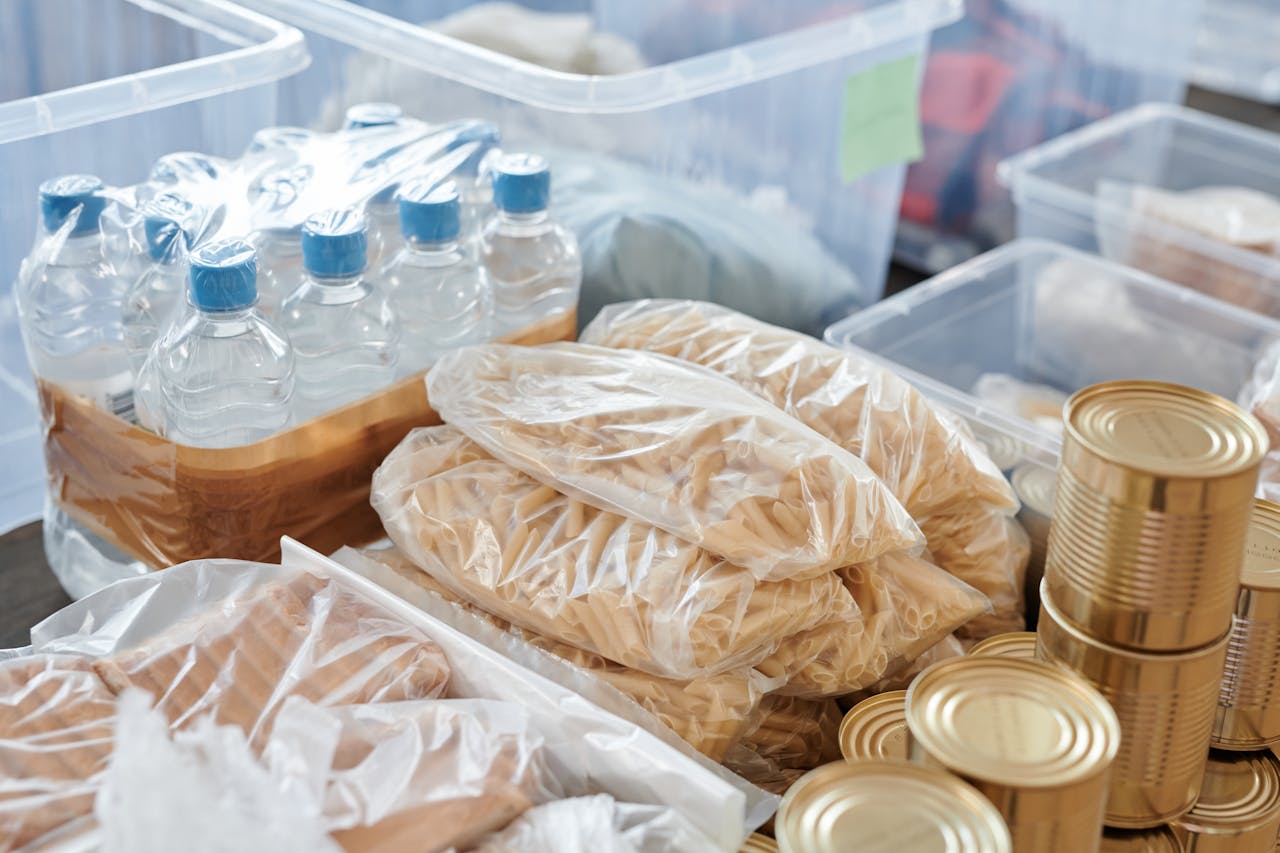
Access to stores or utilities may be limited for days—or even weeks—after a disaster. A well-stocked supply cache ensures you can comfortably weather the storm.
Food and Water
Focus on items with a long shelf life, such as canned goods, rice, pasta, and dried fruits. Aim to store at least two weeks’ worth of food for each family member. A manual can opener and portable cooking equipment, like a camping stove, are invaluable during power outages.
For water, store one gallon per person per day, covering drinking, cooking, and hygiene. Add water purification tablets or a filter as a backup in case your stored supply runs low.
Other Essentials
Don’t overlook items like:
- Flashlights and extra batteries
- A first-aid kit with bandages, antiseptics, and medications
- Copies of important documents in a waterproof container
Check your supplies regularly to ensure they’re still usable, and rotate perishable items.
Protecting Livestock and Crops
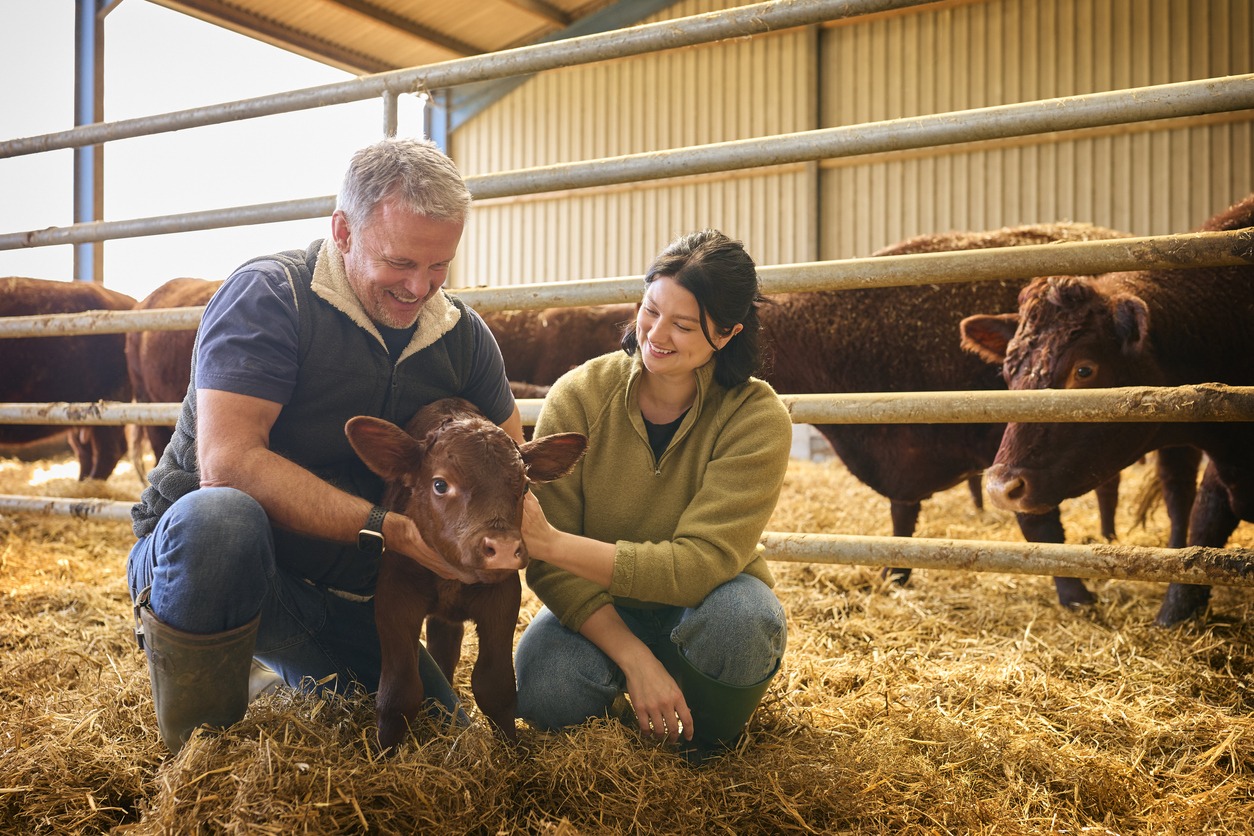
As a homesteader, your animals and plants are integral to your lifestyle. Protecting them requires careful planning.
Keep Livestock Safe
Animals need shelter just as much as people do during extreme weather. Identify a safe, elevated area where you can move them if flooding occurs. Ensure barns and coops are sturdy and equipped to handle high winds. Keep extra feed, water, and medical supplies on hand, enough to last at least two weeks.
Safeguard Your Crops
Diversify your planting to spread risk—if one type of crop fails, others might still thrive. Install erosion controls like terraces or mulches to protect soil. Consider investing in greenhouses or row covers to shield sensitive plants from severe weather.
Establishing Backup Power Sources
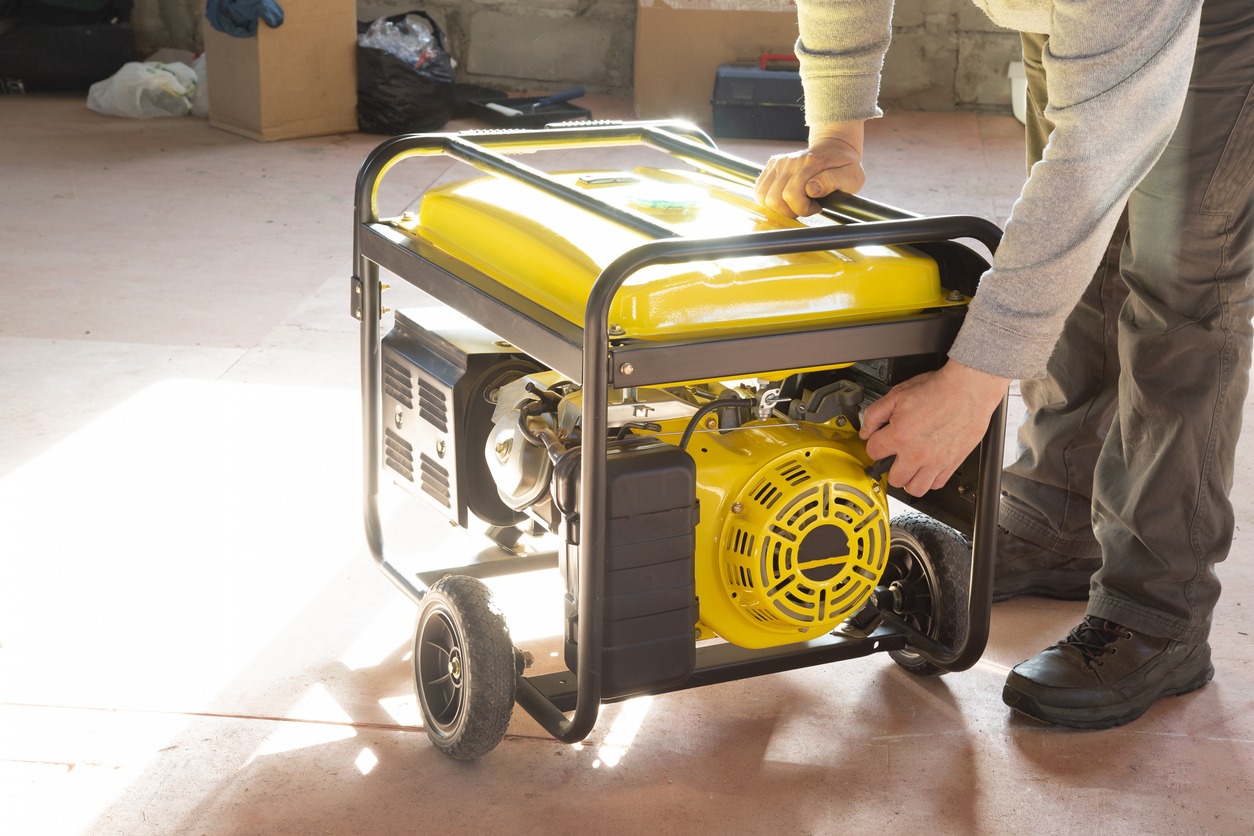
Power outages can disrupt everything from cooking to heating. A reliable backup system can keep your homestead functional during these critical times.
Generators and Renewables
Whole-home generators can run essential systems like refrigerators and water pumps. If you prefer renewable options, look into solar panels with battery storage or small wind turbines. These systems not only help during disasters but also reduce long-term energy costs.
Stay Ready
Test your backup systems regularly and keep fuel or spare parts on hand. A generator that doesn’t work when you need it is as good as useless.
Safeguarding Water Resources
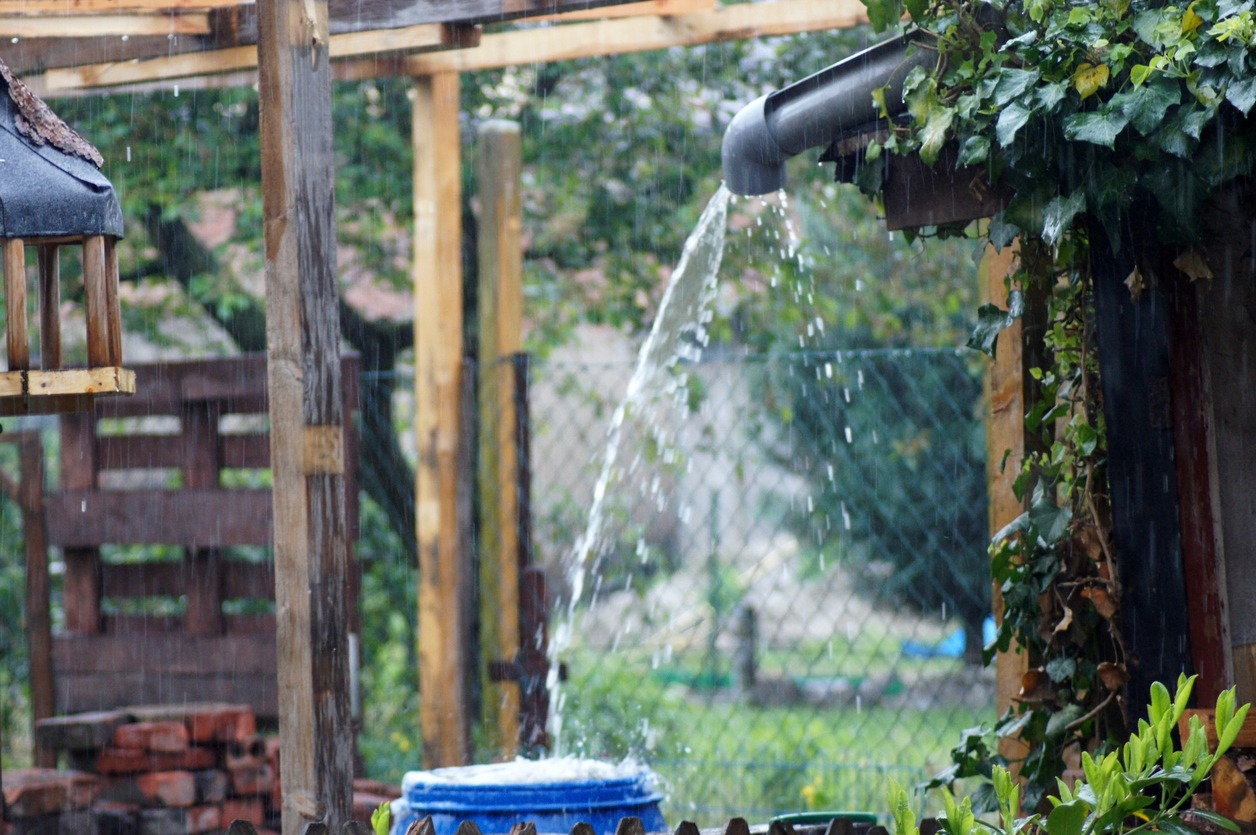
Water is a non-negotiable necessity, and disruptions to your supply can be one of the most challenging aspects of a disaster.
Storage and Collection
Store water in food-grade containers, ensuring you have enough for at least two weeks. Rainwater harvesting systems can supplement your supply during prolonged disruptions.
Purification
Learn how to purify water using boiling, filtration, or chemical treatments. This knowledge is especially useful if your stored supply becomes depleted or contaminated.
Building Community Support Networks
You don’t have to go it alone. In times of crisis, having a strong community can make recovery faster and easier.
Connect Locally
Get to know your neighbors and participate in community disaster preparedness programs. Sharing skills and resources strengthens everyone’s ability to bounce back.
Create Mutual Aid Plans
Coordinate with others to share tools, food, or labor during and after disasters. A single generator, for instance, can power multiple homes if shared wisely.
Practicing Emergency Drills Regularly
Finally, preparation isn’t complete without practice. Regular drills help your family react quickly and effectively.
Run Scenarios
Simulate different disasters, such as floods or earthquakes, and practice what you would do in each situation. Remember to include pets and livestock in your plans.
Refine Your Plan
After each drill, evaluate what worked and what didn’t. Adjust your plan as needed and schedule regular reviews to keep it fresh in everyone’s mind.
Conclusion
Disaster preparedness takes time, effort, and commitment, but the peace of mind it provides is well worth it. By taking the steps outlined here—evaluating risks, creating plans, securing your home, and building community ties—you’ll be ready to face whatever challenges come your way. Start today because being prepared isn’t just about survival—it’s about thriving when the unexpected happens.




